Tea gardens, as the farms are traditionally known, no matter the size, have been seducing me for over a decade. In Yunnan and Guangxi Provinces of China, Himachal Pradesh and Darjeeling in Himalayan India, in the Cameron Highlands of Malaysia and on the Indonesian island of Java, I’ve been drawn to them for a number of reasons. Firstly, no doubt, because I’m a tea drinker. And under that top layer, my everyday cup, there are currents of tea that run world-wide. Tea has been motivator and accompaniment to history and conquest, art and architecture and experiences so personal one cannot begin to see into them. I imagine it’s the mysteries, not the explanations, that conjure the affinity I feel.
I think of Asia when I think of tea, the Japanese Way of Tea, Cha No Yu. North Africa, hospitality in the form of green tea with mint. England and all the European cultures to whom tea is essential. Russia, glasses of tea sweetened with jam. But, I must admit, I’ve never thought of South Carolina.
My seat mate on a recent flight to Charleston, Tim, returning home alone after a spontaneous wedding to his sweetheart, wrote an addition onto the itinerary I’d devised for myself. In his small print, I still have it, it says “Wadmalaw Island”,
underlined, and beneath the line, “Charleston Tea Plantation”. How did he guess? My first 2 days already planned, I now filled in the unplanned third day, the last before meeting up with friends, and would make my way to Wadmalaw Island for tea.
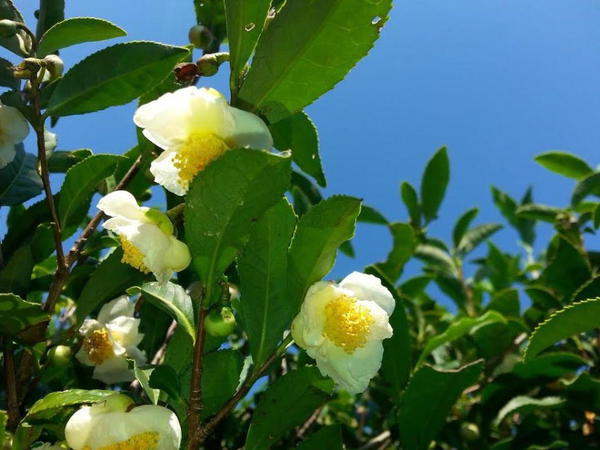
Traditionally grown in the cool and cloudy high country in otherwise tropical parts of the world, finding tea growing in the Lowcountry of South Carolina was a surprise, to say the least. Driving into the countryside down Maybank Highway, leaving the city behind, I arrived on the island. Billing itself as “America’s only tea garden”, I turned into the plantation’s modest driveway and made my way to the parking area in the woods near the shop. I could see glimpses of fields of Camellia sinensis tea plants through the trees, recently “plucked”, the clean flat tops of the bushes the clear indicator. The harvest was still in progress, but coming to an end with the last green tea of the year being processed that day in the factory adjacent to the shop. Large windows onto the work area and video screens told the story, from the growing, harvest and the drying process, and into large sacks at the far end, ready for final packaging.
I wanted to see more, especially the fields of tea, and discovered that tours of the 127 acre property were offered. We visited the propagating greenhouse where cuttings from the late-season growth of 8 varieties of tea plants are rooted and eventually put out into the sandy soil of the island. While mature plants, those over 5 years old, are self-sufficient, with long taproots to the water table, the young bushes require watering and there are ponds on the property for the purpose when rain is not enough.
Greenhouse where cuttings are rooted, with rolled shade awning under the roof.
Ponds, to water the young plants when needed.
As we were driven through the tea in the plantation trolley, I was struck by the flat terrain, so different from the steep slopes of the tea-growing lands I’d visited over the years. Another major difference is the manner of harvesting the growing tips of the plants, the only part that becomes the products we buy, several times during the growing season, between the first flush in May and the last in the fall. One is accustomed to seeing ladies in the fields in traditional dress, baskets on their backs, leaves plucked by hand and thrown into the baskets. At Charleston Tea Plantation the tea is cut by a one-of-a-kind machine, built for the purpose, a cross between a tobacco harvester and a design for cotton. Mechanical cutters replace the lady’s fingers, four workers can do the work of hundreds harvesting the traditional way and make it possible for home-grown tea to compete with imported.
After being cut by Charleston Tea Plantation’s custom-built harvester...
...the tea is unloaded at the factory...
...the moisture content of the leaves is reduced by
withering, oxidation for black tea, then final drying.
In partnership with Bigelow, the teas, loose and in teabags, are sold in shops all over the country, as well as online, and is the official tea of the White House.
Tea tester, Bill Hall, the moving force at Charleston Tea Plantation,
on the visitor building's front porch.
In the shop, visitors may choose any of the teas, iced and hot, to sample. I tried the green and then moved on to my usual, a breakfast tea. To my surprise, as a tea drinker who usually prefers the bold English brands that stand up well to milk, I was delighted by the unusual flavor of the Charleston blend, lighter and a bit flowery, made of leaves rather than “fannings”, the fine dust of most tea bags. Even the bags were remarkable, pyramid-shaped, not unusual, but made with a kind of mesh, rather than paper. I bought myself a box of the American Classic Charleston Breakfast Tea to bring home. While my tea cupboard is full of tea from around the world, I suspect I’ll be placing orders for more of Charleston’s in the years to come.
I cannot fully express how much I enjoyed my visit to the Charleston Tea Plantation. Thanks to Tim for suggesting it to a complete stranger, little did he know. And thanks also to Jane Knight at Charleston Tea, for providing a warm welcome, as well as additional photos for Travel Gumbo readers. I hope she knows how much I appreciate both. I heartily recommend a visit to anyone who longs, as I did, for an unusual and off-the-beaten path place to visit near Charleston.
Visit Charleston Tea Plantation’s website by clicking here.
More information from Wikipedia, here.
To read more about PortMoresby’s visit to Charleston SC, click here.
For more of PortMoresby’s contributions, click here.

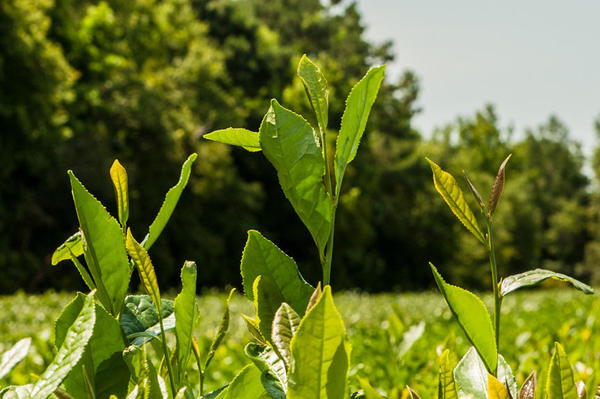

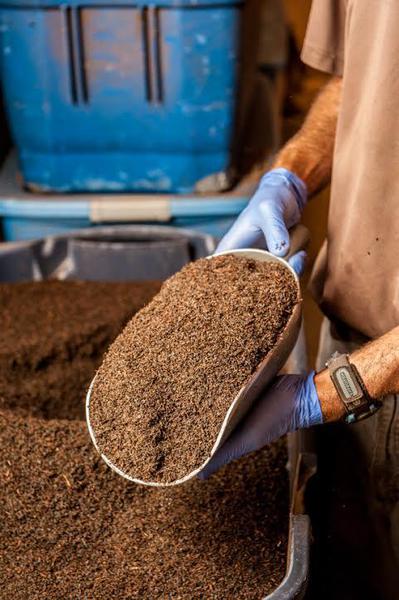
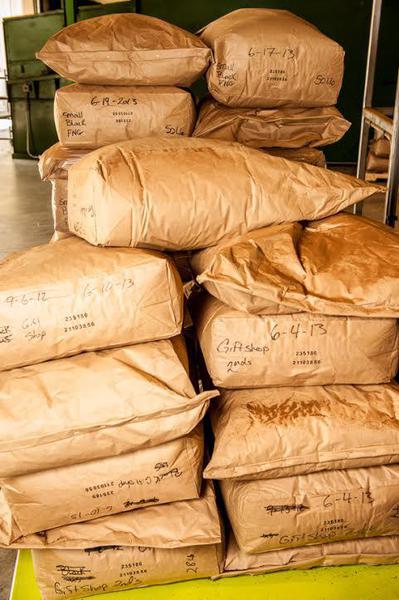
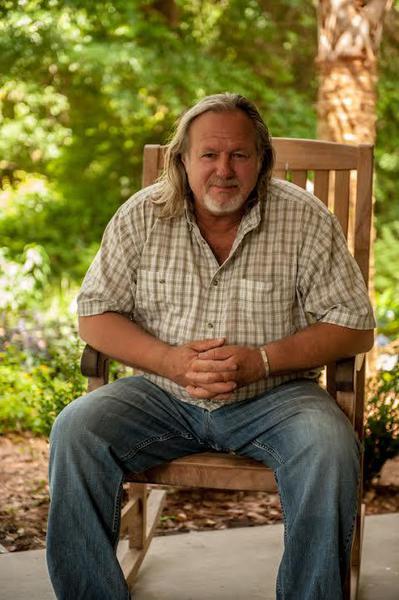

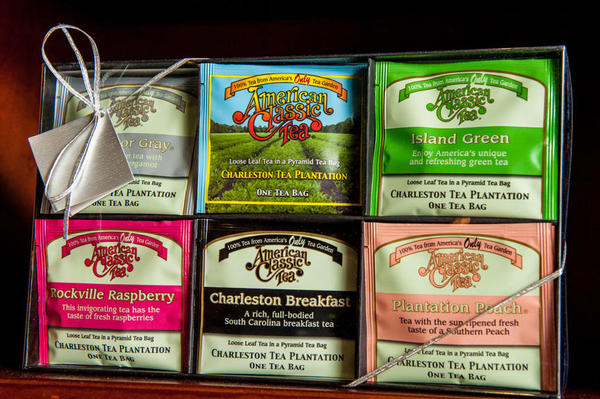


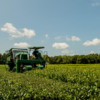





Comments (2)